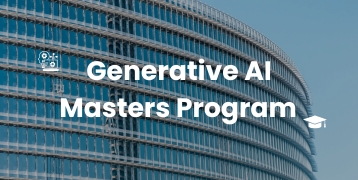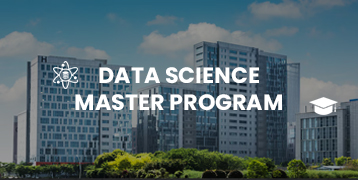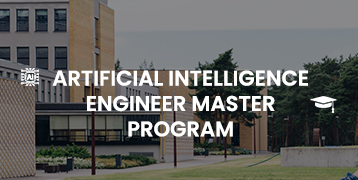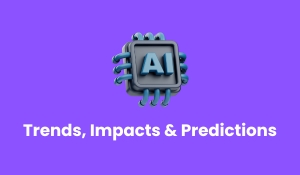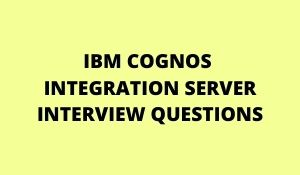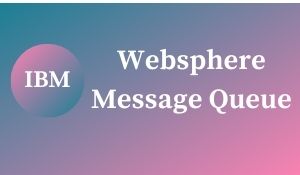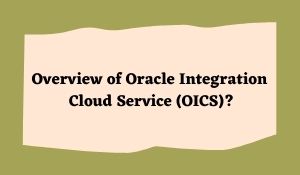
The Oracle Integration Cloud Service comes all together with all the capabilities of the process automation, application integration, integration analytics, and application building into the uniform service of the cloud. The Oracle Integration Cloud can able to bring batch based integration with real time approach, both unstructured and structured insights that can allow stream analytics, case management, and integration insights to the customer services that can done an end to end process while integrating the overall process in a single cohesive platform for the users to build capabilities that are required to realize the genuine digital transformations of the business.
Billing is simply with all the metrics of the OCPU per an hour. Invoke the flow of the integration and discover it to the schedule process and vice versa. The customers can schedule and configure the patching in accordance with the own schedule of the user and that can be scaled with the database with the residence policy of the business. The runtime of the integration cloud can be scaled out in order to meet the volumes of the required customers and their VPNs in order to use the agent connectivity, non-premise VPN, API platform application connectivity.
Key features of the Oracle Integration Cloud Service (OIC):
The Oracle Integration Cloud has included with below features:
- On-premises Integration and SaaS: Quicky connected to the thousand ‘S’ of the on-premise applications and SaaS that can be seamlessly with more than 50 native applications for the technology adapters. The support which is getting through the rich integration and orchestration patterns with the real time processing of the batch.
- Visual Application Design: Host the business engage and can rapidly create the applications with environment development that occur around the browser.
- Process Automation: It brings agility into the business in an easy way with the low code platform that can be simplified by getting customers, employees, and partners to work everywhere and even at any time. Get support for the case dynamic management.
- Stream Analytics: The processing of the stream can be used for reacting, detecting in order to get faster data / information with Apache Kafka and Apache Spark.
- Integration Insight: The Oracle Integration Cloud Service can give you the data / information that one needs out of the estimated dashboards which require no modification, configuration and coding. Get the solution with the deep insights into the business of the users.

Key Differentiators:
The cloud integration of Oracle is considered as the recognized leader in the process automation and application integration. Both forrester and gartner have recognized the Oracle iPaaS as a strategy in the records of the year 2017. Oracle cloud integration is considered as a single product on this planet to get the essential elements of integration and SaaS extension under that one product. These services can also be used as the API integrations.
Connections:
The connections are defined as the endpoint of any type of source or target which can be implemented along with the integration. These types of connections are in general used and based on the defined adapters. The adapters often allow the applications to connect easily by insulating the developer’s complexities that can occur with the interaction of the application with a planned roadmap. The new adapter framework can only be available in the development of the adapter. The best thing about this adapter is the on premise suite of SOA with greater reuse.
Lookups:
DVM (Domain Value Maps) have become a part of the Oracle SOA. They always provide a good way to implement the table of the lookup within the set of the tool. The ICS allows across reference lookup for the mappings like tables, DVMs across many of the integrations. By using these lookup maps the user can import or can export the CSV format by allowing the reuse across the on premise implementations.
Oracle Integration Cloud Service comes all together with all the capabilities of the process automation, application integration, integration analytics, and application building into the uniform service of the cloud. The customers can schedule and configure the patching in accordance with the own schedule of the user and that can be scaled with the database with the residence policy of the business. The runtime of the integration cloud can be scaled out in order to meet the volumes of the required customers and their VPNs in order to use the agent connectivity, non-premise VPN, API platform application connectivity.
Packages:
Packages allow integration groupings, providing the import and export ability packages among many environments. The action of exporting will have the package creates a .jar file, that can then be imported into the next level of environment. When a package is imported from a .jar file, all artifacts (integration, connection, lookup, etc.) can be updated / created.

One thing that everyone should make a note about this functionality is the connection impact. When a connection gets imported, it is the duty of the customer to create it with an empty configuration initially by eliminating the config plan needed. Instead, the configuration may not be updated within the whole environment where it has been deployed most of the time.
Sensors:
Oracle SOA Suite of the users has ability in setting the sensors within an implementation of the integration, by providing the search capability for information easily defined under the sensor. The same capability in ICS can also be obtained within ‘Business Identifiers for Tracking’. These are well defined fields of the users through the searchables within the ICS dashboard by allowing for easy instances lookups that contain well defined fields.
Integrations:
Developing integrations among the SaaS applications can be done in ICS through a web based tool. Using drop capabilities, an integration can be often easily defined. Since the tool is built on top of the OSB, the functions defined within the VETO integration design pattern can be available for the implementation.
Conclusion:
Hope you have found the complete details about the Oracle Integration Cloud Service (OIC). Still, you have any queries, comment in the below section. Happy Learning!

